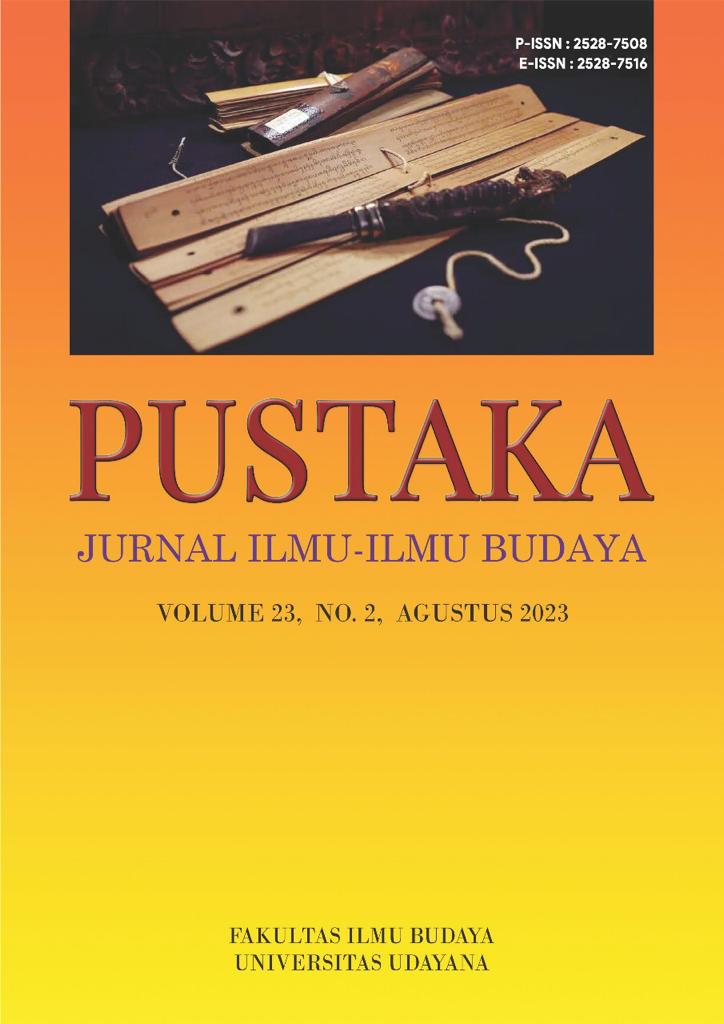Pendekatan deadification dan pemanfaatan thymolvapor dalam Sistem Administrasi Pengelolaan dan Perawatan Aset Sekolah
Abstract
This study aims to determine the ability of teachers to maintain school assets in the form of teaching materials. Teaching materials are learning resources that need to be preserved in quality to have a longer lifespan. Wellmaintained and managed teaching materials will always be clean and can be returned to the school library in good condition, making the administrative management easier. This study is directed towards teachers who directly utilize teaching materials, thus making them responsible for the sustainability of these teaching materials. Respondents come from rural teachers, but in reality, they have easy access due to the good quality of infrastructure and internet network, resulting in no significant obstacles in obtaining information about the deadification and utilization of thymolvapor on teaching materials. Similarly, the presence of ventilation and room cooling equipment is available in classrooms, meeting the requirements. The conclusion drawn is that there has been no effort in the deadification and utilization of thymolvapor on teaching materials due to the lack of knowledge about its proper usage. Therefore, efforts are needed, such as developing a brochure containing information about the importance of preserving teaching materials as school assets.
Downloads
References
Blixen, T. B., & Pannell, J. (2020). Teachers’ understanding and enactment of critical literacy–A lack of unified teaching method. Cogent Education, 7(1). https://doi.org/10.1080/2331186X.2020.182 6073
Coskun, L. (2021). Mothers’ views and home literacy practices on children literacy skills acquisition: A qualitative study. Research in Pedagogy, 11(2), 468–482. https://doi.org/10.5937/istrped2102468c
Dewarle, J. (2014). Parent-Teacher Collaboration: Sharing Knowledge To Support a Child’S Literacy Development. 53(9), 1689–1699.
Kidman, G., & Casinader, N. (2019). Developing teachers’ environmental literacy through inquiry-based practices. Eurasia Journal of Mathematics, Science and Technology Education, 15(6). https://doi.org/10.29333/ejmste/103065
Lundgren, B., Scheckle, E., & Zinn, D. (2015). Teachers’ professional development: Awareness of literacy practices. South African Journal of Education, 35(1), 1–11. https://doi.org/10.15700/201503062347
Lycke, K. L., Hurd, E., & Husband, T. (2018). Rural Teachers’ Literacy Practices In and Out of the Classroom: Exploring Teacher Characteristics and Literacy Tools. The Rural Educator, 36(3). https://doi.org/10.35608/ruraled.v36i3.303
Quintero, L. M. (2016). School Literacy Practices Closer to Home: the New Challenge of Literacy Learning. Colombian Applied Linguistics Journal, 8, 216. https://doi.org/10.14483/22487085.10513
Thomas, J. (2016). Presenting a United Front: Parental Involvement Facilitating Children’s Literacy Development. Journal of Initial Teacher Inquiry, 2.










